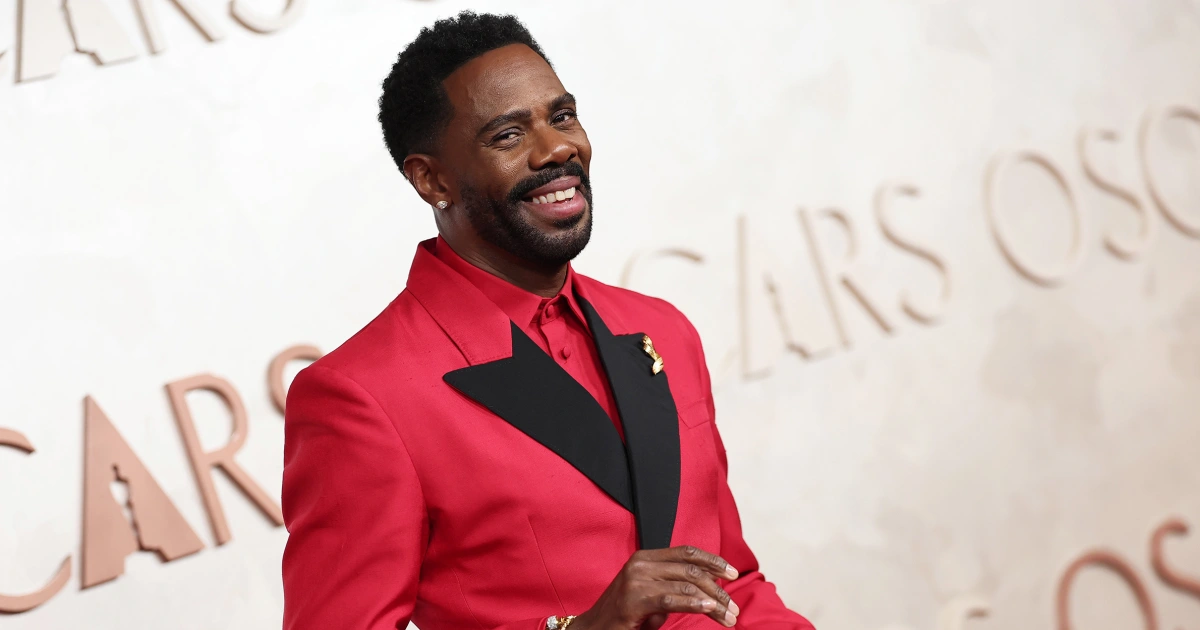The theme for this year’s Met Gala, “Superfine: Tailoring Black Style,” was selected and announced weeks before the 2024 election that returned Donald Trump to the presidency. And yet, perhaps no motif could speak more sharply to MAGA’s politics of grievance and erasure.
The night is inspired by the figure of the Black dandy, whose sartorial influence traces all the way back to the early 19th century. Black dandyism is a fashion tradition that — while all about elegance, tailoring and personal flair — goes beyond mere clothing choice and into the realm of cultural resistance and defiance. It speaks to the ways Black folks have always used clothing not just to express individual style, but to redefine themselves in opposition to the all-too-often demeaning and degrading gaze of white supremacy.
The theme feels appropriate and timely in a political moment weighted by anti-Blackness, in a country where a Black person in a black hoodie is often treated as a threat by authorities and fellow citizens. Black folks’ fashion has always been, and will likely always be, both political and politicized.
Black dandyism is a fashion tradition that goes beyond mere clothing choice and into the realm of cultural resistance and defiance.
All that said, it would be absurd not to acknowledge the very glaring tensions at play. For all the cultural necessity of centering Black dandyism right now, the Met Gala remains one of the most exclusive and opulent events on the planet. The sheer amount of wealth displayed at the gathering, amid our perpetual race and class stratification, can sometimes seem less like tone-deafness and more like something approximating obscenity. (Seriously. Tickets for last year’s invite-only attendees were $75,000 and are guaranteed to have risen since.) Heading into the bleakness of an increasingly likely recession built on the Trump administration’s unforced errors, that sentiment is as present as ever.
But this year is differently fraught. The second Trump administration appears dedicated to erasing Black history, quite literally going so far as to demand the removal of notable artifacts from the Smithsonian’s National Museum of African American History and Culture. It has taken aim at studies and other initiatives that used words including “Black,” “racism” and — incredibly — “historically.” Pages for figures from Army Maj. Gen. Charles Calvin Rogers, the first Black Medal of Honor recipient, to Jackie Robinson, a baseball legend and World War II Army hero, were removed from the Department of Defense website and reinstated only after sustained outcry. And the U.S. Naval Academy purged nearly 400 books from its shelves, including a Maya Angelou classic widely read in high schools, but still made sure to save space for two copies of Hitler’s “Mein Kampf.”
This administration is actively erasing Black historical contributions from public memory. Under that agenda, Black cultural expression — from school curricula to street murals to, yes, fashion — are cast not just as things to be dismissed, but as divisive and even un-American threats. Black history, in particular, is considered inherently offensive. And the Black dandy is, if nothing else, a historical symbol of defiance, an aesthetic rejection of white supremacy and an assertion of dignity through dress.
Amid all this, this year’s theme serves as a quiet refusal, much like Black fashion itself. With that in mind, it seems worth recognizing the Met’s celebration of Black fashion and Black history as both overdue and necessary, while also acknowledging the event itself is generally defined by exclusion, wealth and whiteness — and has profited off of Black American creativity while gatekeeping access for actual Black American people.
For what it’s worth, the event is perhaps the world’s most visible fundraiser, underwriting the Met museum’s Costume Institute archives — which include Black dandy-related items, from late Vogue editor André Leon Talley’s monogrammed Louis Vuitton luggage to an original Dapper Dan leather jacket owned by late rap legend Jam Master Jay of Run-DMC.
The co-chairs of tonight’s even include actor Colman Domingo — whose fashion bona fides have made him the red carpet embodiment of the Black dandy in recent years — as well as Pharrell Williams, Formula One driver Lewis Hamilton, A$AP Rocky and, of course, Vogue’s Anna Wintour.
This administration is actively erasing Black historical contributions from public memory.
Guest curator Monica L. Miller, professor and chair of Africana studies at Barnard/Columbia, is the author of “Slaves to Fashion: Black Dandyism and the Styling of Black Diasporic Identity.” The 2009 book, which inspired this year’s gala theme, charts the emergence of the Black dandy in 1800s England, alongside his more widely touted white dandy counterpart. (That’s the sort of detail that will surely rile racists still recovering from Black Ariel and Black Doctor Who.) Though enslaved, Black dandies did no physical labor — a fact meant to signify the immense wealth of Britain’s richest enslavers, who dehumanized them as the ultimate luxury items. A Black enslaved figure in clothes fit for a royal was regarded as a kind of visual satire among England’s white aristocratic class. Likewise, two decades later in America, artist E.W. Clay’s 1820s “Life in Philadelphia” prints would express white resentment toward middle-class free people through drawings depicting them as garishly dressed failures at imitating white sophistication.
Thus began a pattern that would recur across the country’s history. Black folks, as a form of self-empowerment, create their own sartorial styles, which are first viciously mocked by white people, then embraced, then assiduously copied without credit.
This holds from the era of zoot suits, as worn by a young Malcolm X, to Langston Hughes’ Harlem Renaissance tweeds, to the berets of Black Panthers like Huey P. Newton, to Jidenna’s contemporary classic man. And while the focus at this year’s Met Gala is on menswear for the first time since 2003, it’s also on Janelle Monáe’s tailored suits, Missy Elliott’s Afrofuturism and Grace Jones’ avant-garde androgyny. It’s there, too, in Black grandmothers wearing their most ostentatious hats to church, black uncles in suits with the pocket squares done just so.
Those inspirations will echo in the Costume Institute’s exhibition of over 200 pieces. Since 2020, the museum has acquired “roughly 150 pieces by BIPOC designers” as part of an intentional effort toward “diversifying our exhibitions” and making the institution more about “inclusivity,” head curator Andrew Bolton told Vogue. What better way to address the reductive racism of MAGA’s “anti-DEI” campaign than with Black fashion — which now, as always, insists we are more than what you see.
Kali Holloway



